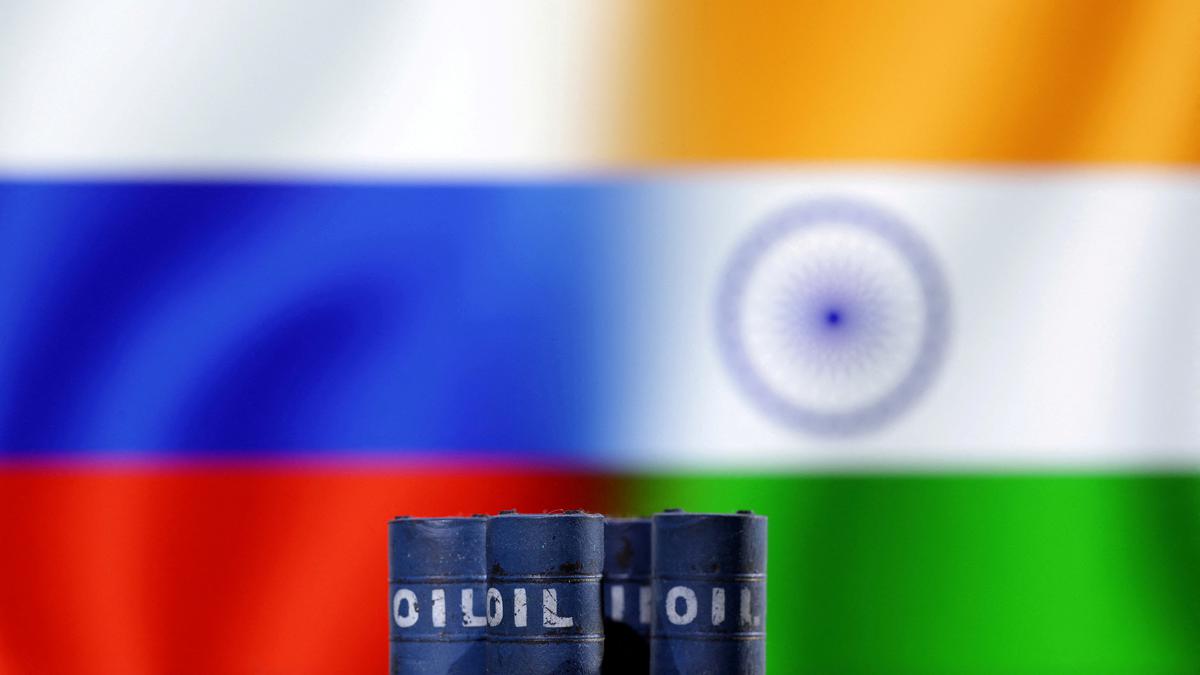Russia had to settle for the Chinese Yuan while receiving payments from India for its energy exports as Moscow found the Indian Rupee to be ‘volatile’, Sergey Luzyanin said
Dirham, the currency of the United Arab Emirates, could be considered for India-Russia trade, a leading Russian economic commentator said on Wednesday. Speaking at an interaction of Indian and Russian experts over the just concluded Shanghai Cooperation Organisation (SCO) virtual summit, Russian academic Sergey Luzyanin, Professor at the National Research University’s Higher School of Economics, said that Russia had to settle for the Chinese Yuan while receiving payments from India for its energy exports as Moscow found the Indian Rupee to be “volatile”.
“For our recent transaction, Yuan was considered as a third currency to settle payments. Indian Rupee was viewed as volatile and that is why Yuan was chosen as a third currency. We also considered Dirham of UAE for this purpose. Maybe Dirham of the UAE can be used for our trade relation,” Professor Luzyanin said, explaining the reason that prompted Moscow to finally opt for the Yuan while accepting payment from India for the sale of energy. The discussion was organised by the Russian news agency Sputnik.
Earlier this week, a Reuters report informed that Indian refiners have started making payments in Chinese Yuan to Russian energy majors. The requirement for a third currency for Russia has risen as Moscow continues to face Western sanctions that were imposed after President Vladimir Putin launched the so-called “special military operation” against Ukraine.
Dirham, the currency of the United Arab Emirates, could be considered for India-Russia trade, a leading Russian economic commentator said on Wednesday. Speaking at an interaction of Indian and Russian experts over the just concluded Shanghai Cooperation Organisation (SCO) virtual summit, Russian academic Sergey Luzyanin, Professor at the National Research University’s Higher School of Economics, said that Russia had to settle for the Chinese Yuan while receiving payments from India for its energy exports as Moscow found the Indian Rupee to be “volatile”.
“For our recent transaction, Yuan was considered as a third currency to settle payments. Indian Rupee was viewed as volatile and that is why Yuan was chosen as a third currency. We also considered Dirham of UAE for this purpose. Maybe Dirham of the UAE can be used for our trade relation,” Professor Luzyanin said, explaining the reason that prompted Moscow to finally opt for the Yuan while accepting payment from India for the sale of energy. The discussion was organised by the Russian news agency Sputnik.
Earlier this week, a Reuters report informed that Indian refiners have started making payments in Chinese Yuan to Russian energy majors. The requirement for a third currency for Russia has risen as Moscow continues to face Western sanctions that were imposed after President Vladimir Putin launched the so-called “special military operation” against Ukraine.
Despite cold economic ties between Russia and the West, India and China have emerged as two of the largest buyers of Russian energy in the last year. Yuan payment from India has highlighted that national economies are increasingly looking for “third currencies” to help ease the pressure that they are facing because of Western sanctions on Russia. India has pushed back against Western pressure to stop trading with Russia in the backdrop of the war but bilateral trade has been affected by imbalance that has left Russia with billions of rupees. However, Moscow has been unwilling to use that money for transactions with India.
Russia has been pitching for de-dollarisation and for trade in national currencies. However, that formula has now hit a roadblock, as explained by Dr. Luzyanin, who further proposed that bilateral investments could provide a feasible option for utilising the Indian rupees in Russian possession. “Russia supplies a lot of oil to India. India then refines it and sells it. How to use national currencies is a challenge. Investments may be an option,” he said. Prof. Luzyanin also pointed out that Russia-India trade imbalance is being driven by the dominance of Russian exports to India, which is also casting a shadow on the prospects of the North South Transport Corridor (INSTC).
“The question is what is to be taken back to India through the INSTC. The value of the corridor is high but we have to think of how to load the corridor in two directions,” Dr. Luzyanin said.
Speaking at the same event, Ashwani Mahajan, national co-convenor of the Swadeshi Jagran Manch, supported Russian investment into India and said there was robust interest among Russian investors to enter the Indian stock market. “The trade imbalance between India and Russia is curable. Many Russian funds are interested in investing in Indian stock markets. India is facing problems from Western fund managers. Entry of Russian investors will help us reduce upheavals in our stock markets. Many Indian projects are waiting for international players. India has a lot of scope,” Mr. Mahajan said, highlighting opportunities for investing in the Indian market.
Read more at: hehindu.com;
Photo: thehindu.com, REUTERS;


Leave a Reply